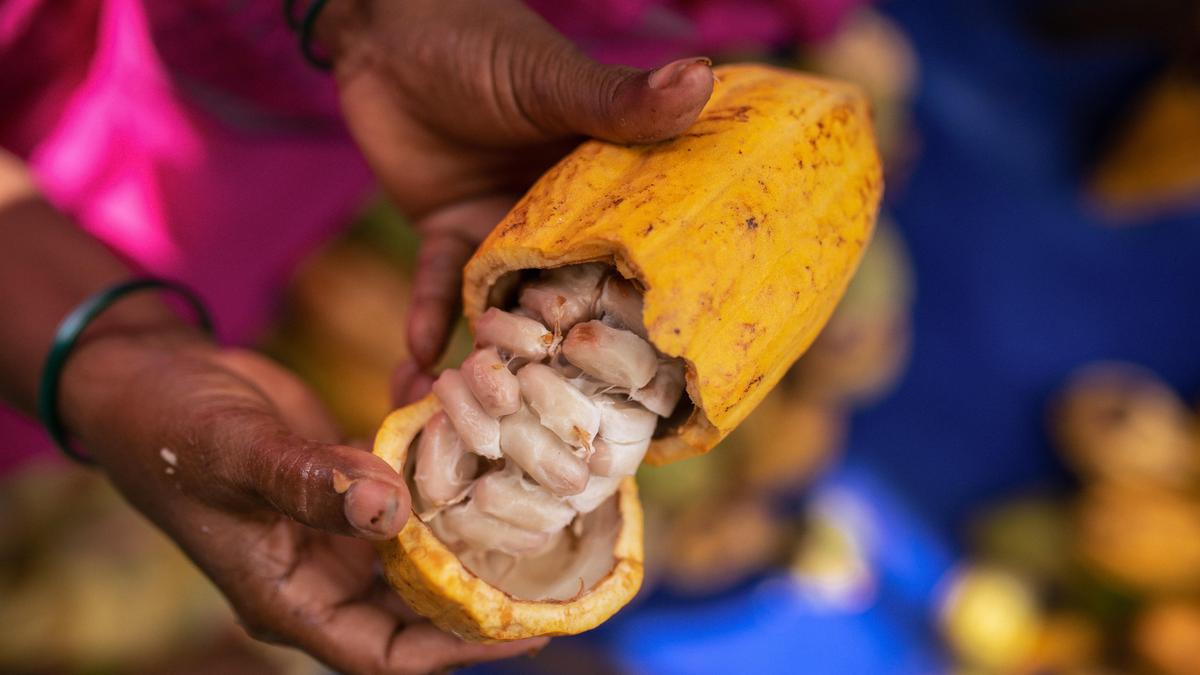At Miam Pâtisserie in Delhi, chef-founder Bani Nanda deftly glazes a Belgian chocolate cake. Her skill is impeccable, yet her distress is apparent — and the sweltering heat outside has little to do with it. Around 60% of the pâtisserie’s menu is chocolate-based; they get close to 60 chocolate cake orders on average a day, and their other chocolate desserts are perennial bestsellers.
Even during mango or strawberry season, roughly 12-15 kg of chocolate go into their creations daily, and much of that is sourced from imported brands such as Callebaut. Bani Nanda “The soaring cocoa prices globally have meant a massive hike, 110% to 200% in some cases, in the prices of our primary ingredient — chocolate,” Nanda says. “We’ve already increased the prices of all our chocolate items by 5%-7%, from cakes down to a macaron.

We’re trying to hike it slowly so as to not shock the customer, but our focus now is to start experimenting with more non-chocolate flavours.” The price of cacao beans, the primary raw material for chocolate, skyrocketed to a record $12,000 a tonne in April, owing to extreme crop shortages and dangerously low liquidity on the commodities market. A combination of factors are at play.
In Ghana and the Ivory Coast, the West African nations that produce the major share of the world’s cocoa beans, a bad harvest season has been brought on by El Niño weather conditions, black pod disease and ageing cacao trees. Additionally, historically inequitabl.
















